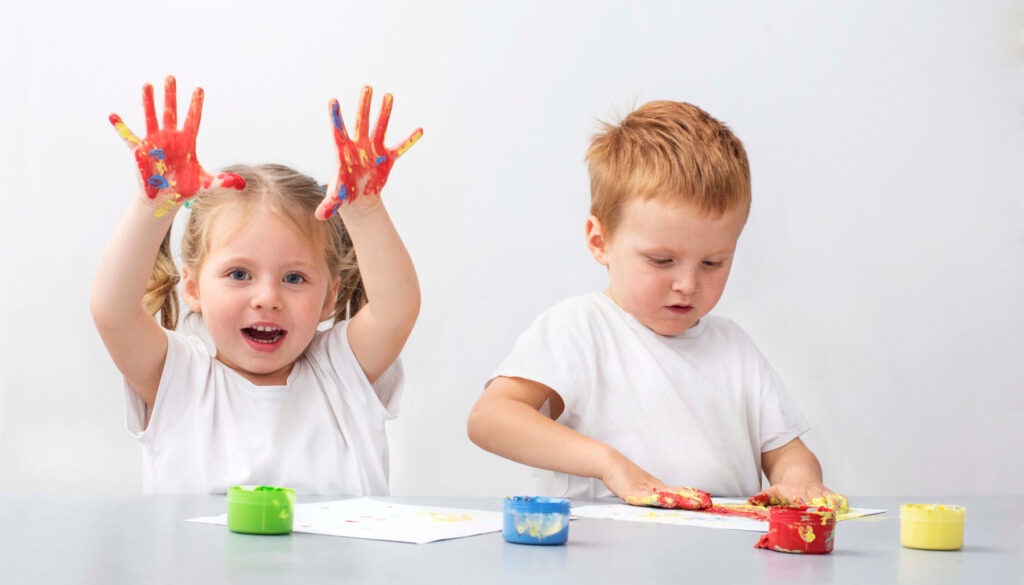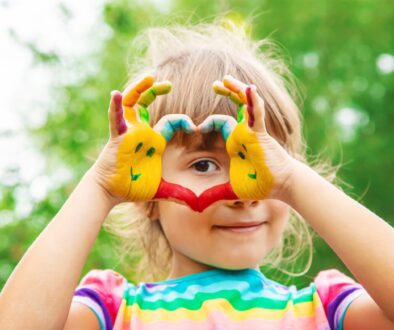How Sensory Play Shapes Brain Development

When your child is splashing in water, burying their hands in sand, or twirling in circles, they’re not just having fun, they’re building their brain! Sensory play is any activity that stimulates your child’s senses: touch, smell, taste, sight, sound, and even movement and balance (called the vestibular and proprioceptive systems). These kinds of experiences are essential for young children’s development. The early years are a time of rapid brain growth. Sensory play helps:
- Strengthen neural connections in the brain
- Support language, motor, and social-emotional development
- Improve self-regulation and focus
When your child explores textures, smells, or movements, their brain is learning how to organize and respond to information. This is the foundation for later skills like reading, writing, and emotional control. Here are some examples of easy sensory play you can do at home:
- Touch: Playdough, water play, rice bins, finger painting
- Smell: Scented playdough, herbs in the kitchen, flower-sniffing walks
- Movement: Dancing, swinging, jumping games, animal walks
- Sound: Shakers, homemade instruments, listening walks
Tips for Parents
- Keep it simple. Sensory play doesn’t need to be fancy. Kitchen tools, water, and a baking tray go a long way.
- Follow their lead. Let your child explore at their own pace.
- Be okay with mess. Mess is part of the learning process, but you can set limits, like using a mat or outdoor space.
Sensory play isn’t just about keeping kids busy. It’s helping them build pathways for thinking, feeling, and learning.





